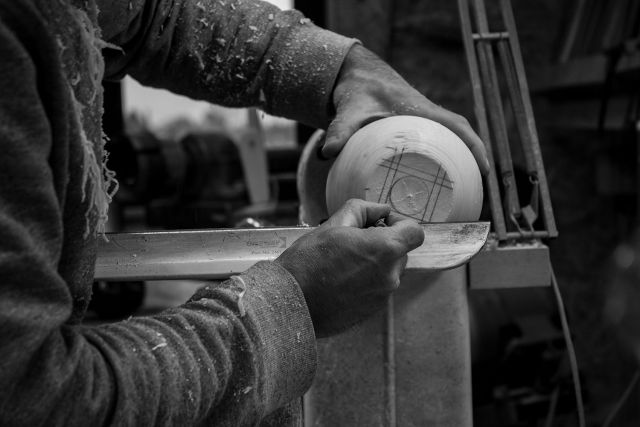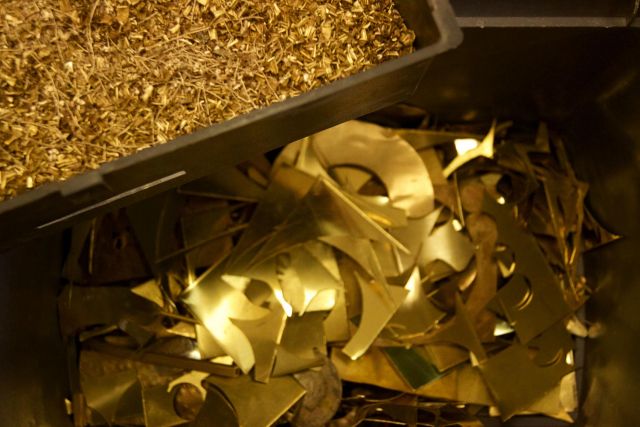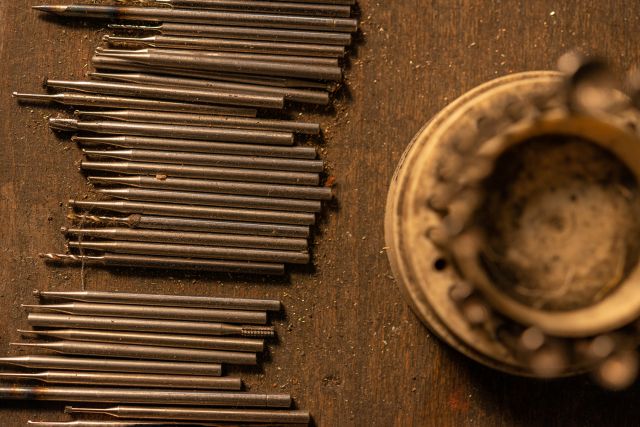This is a stained oak coffee table. The top is made of cellulose acetate veneer containing fragments of beetle elytra. This material captures and breaks down light into colours that change depending on the angle from which it is viewed.
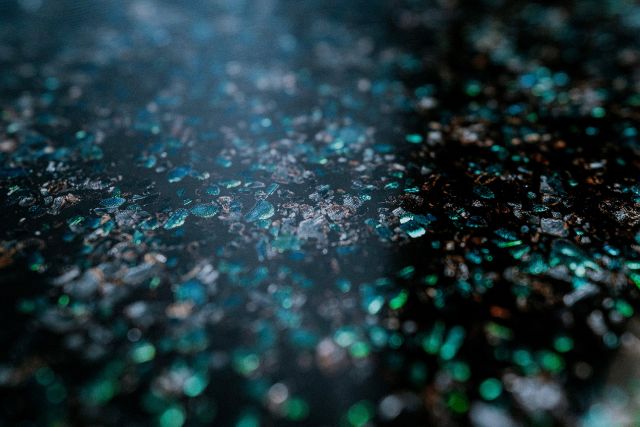
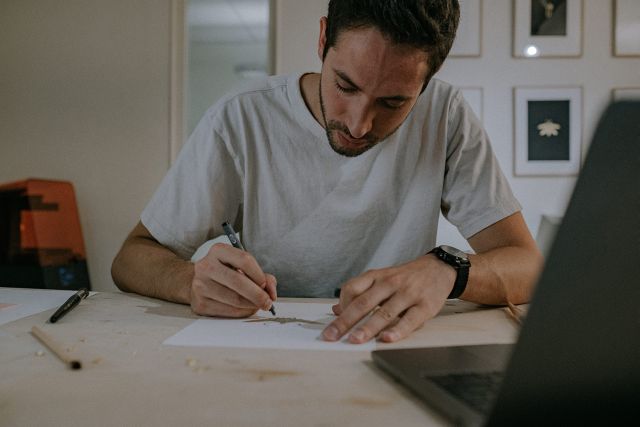

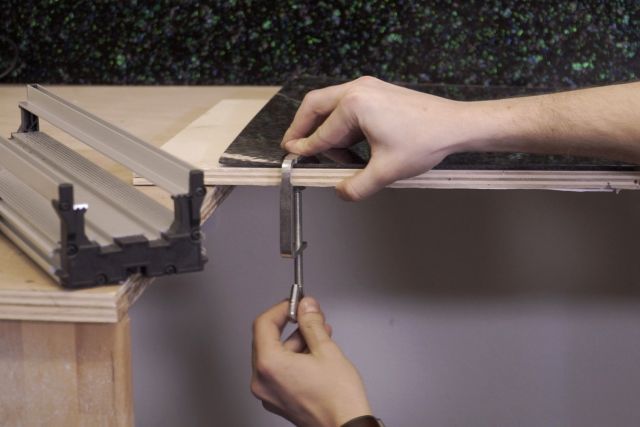
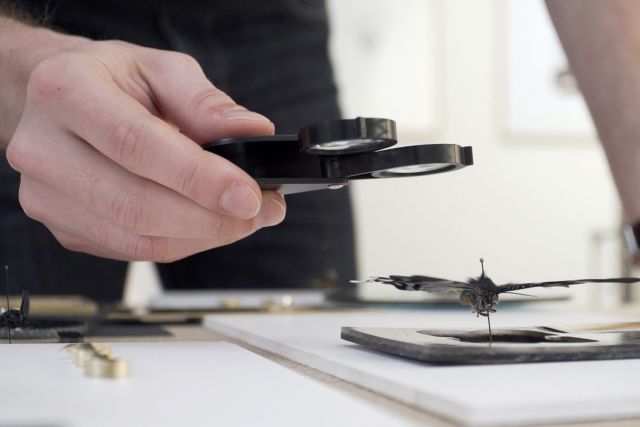
Xavier Montoy
- Shell worker
- Paris, France
- Rising Star
By appointment only
+33 603125226
Beetle mania
- • Xavier was always fascinated by living creatures
- • He uses beetle shells to craft furniture and jewellery
- • His objects are a call to contemplate today's world
Xavier Montoy is a French-born furniture and jewellery designer captivated by the living. His personal approach aims at creating bridges between biology and design by making objects from innovative materials. He developed a material made from responsibly sourced shells of Sternocera beetles, which are transformed into cellulose acetate plates studded with fragments of elytra (the upper part of the shell covering the wings). By preserving and sublimating fragments of this declining life, he invites us to delve into the symbolism around insects, their growing rarity and their little-known aesthetic characteristics.
Read the full interviewWorks
Photo: ©Xavier Montoy

Photo: ©leonard olivero
This series of silver cartridge pendants contains iridescent insect shell fragments in the centre within a cellulose acetate frame. Each constellation formed in the centre of the jewel is unique.

Photo: ©leonard olivero
The series of silver cartridge pendants contains iridescent insect shell fragments in the center within a cellulose acetate frame. Each constellation formed in the centre of the jewel is unique.

Photo: ©Veronique Huygue
This is a wall sculpture which, like the objects of curiosity of the 16th and 18th centuries, is intended to arouse wonder and questioning. The material contains fragments of beetle elytra, by inclusion and crimping. It is a reference to objects from the world of decorative arts, made of ivory or mother-of-pearl marquetry.

Photo: ©Xavier Montoy
This totemic sculpture is constructed by combining elements from nature and selected artefacts. It expresses a balance between human and non-human inventions and sets itself up as an emblem of this almost miscible cohabitation.





